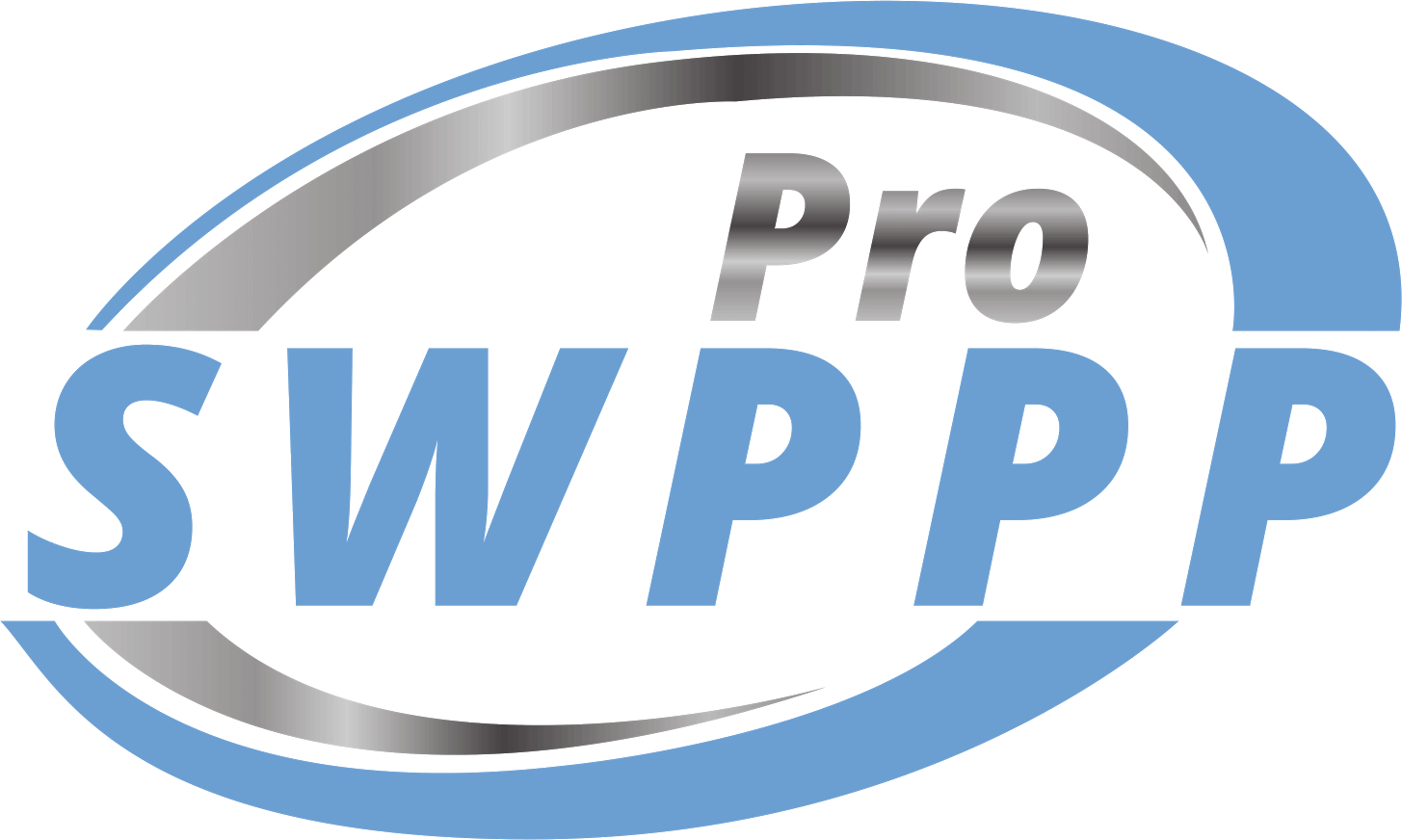Construction developers must keep many factors in mind when they start on any new project development. A well regulated construction site developes a project to avoid hassles and unforseen costs. It is also necessary to be environmently conscious. With every new project there is an added responsibility of maintaining the integrity of surroundings. Developing an SWPPP is quite possibly one of the most important aspects of an environment friendly construction site. Alternatively, the consequences of not having an SWPPP might not be limited to environmental impacts.
Current strict SWPPP regulations in place by the EPA protect the environment and the project. Not having a storm water pollution prevention plan can mean unnecessary costs. It can lead to unwanted adjustments to schedule and budget when corrections are needed. To help with the decision on whether your construction site needs an SWPPP, here are a few details to help make an informed and firm decision on the matter.
What is an SWPPP and Why Do you need one?
SWPPP stands for Storm Water Pollution Prevention Plan. It is a specific document individualized for every construction site. It identifiies potential problems or sources of significant water pollution due to the runoff of storm water from the site. The document itself will have a list of best management practices that the construction site has undertaken to reduce the level of contaminants running off from their site.
SWPPP development is needed if your construction site is built on over 1 acre of land or is near a significant water body. Proximity to a water body introduces the risk of polution due to the storm water runoff from your construction site. You need this document registered because of the EPA SWPPP Guidance regulations for such an occurrence. Submission of regular reports for an SWPPP. However, if your site is inspected by the EPA NPDES at any given point, you will need to make these files available to them.
Consequences of not having an SWPPP
- If any issues occur on your site where the result is sediments from the site is hindering a nearby water body, you will have to bear all the expenses of getting it cleaned. These expenses can run up to quite a high range.
- The US EPA also imposes extremely strict fines for such cases on those construction companies and developers who are found not in compliance with the storm water erosion control or the regulations for sediment control, which has been laid down by the government.
Contact Pro SWPPP today. We walk you through what’s necessary for developing an SWPPP and provide support through the end of your project. We make it easy to place your order online. Just provide contact and site information. Online payments are available as well.

